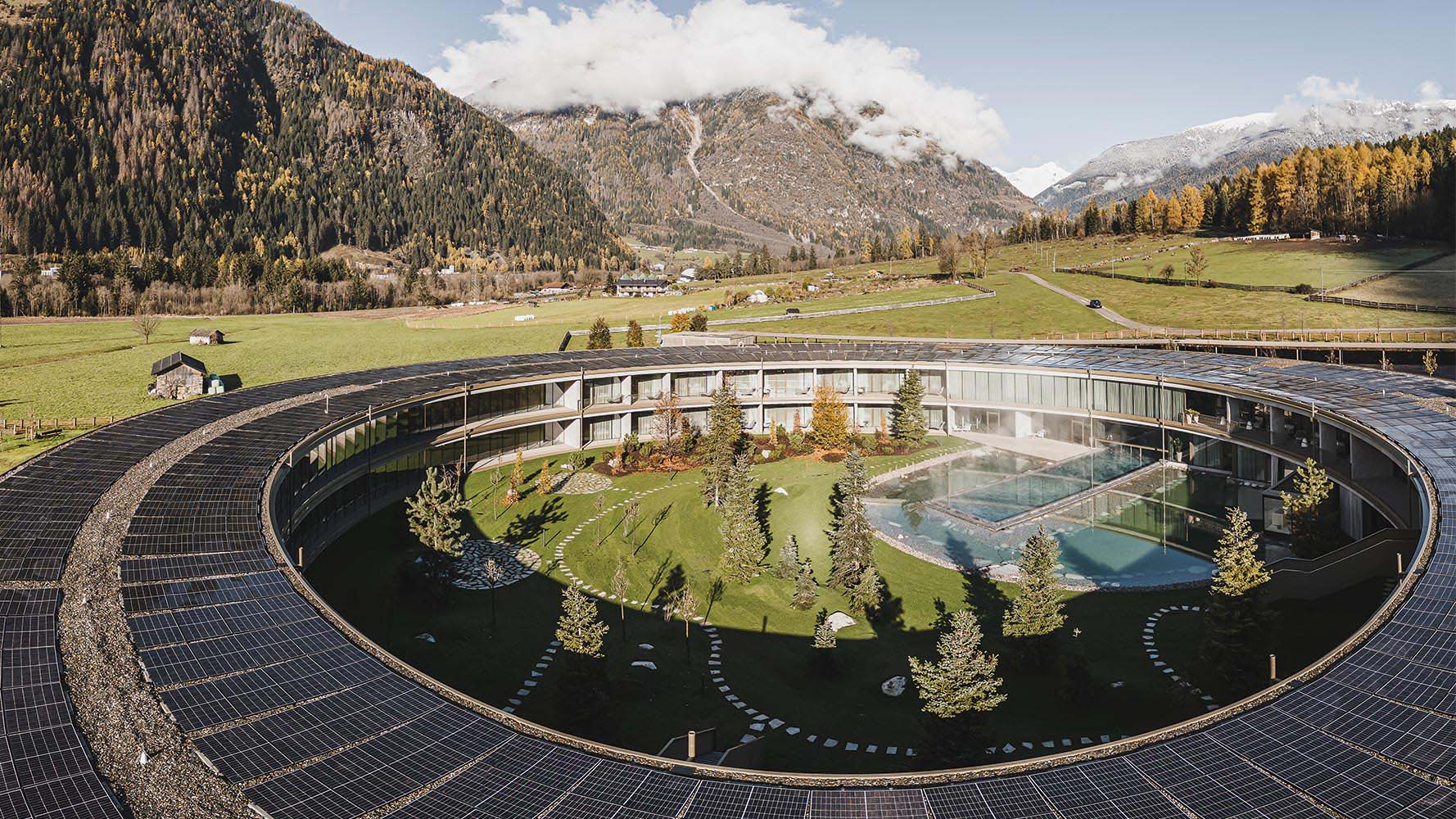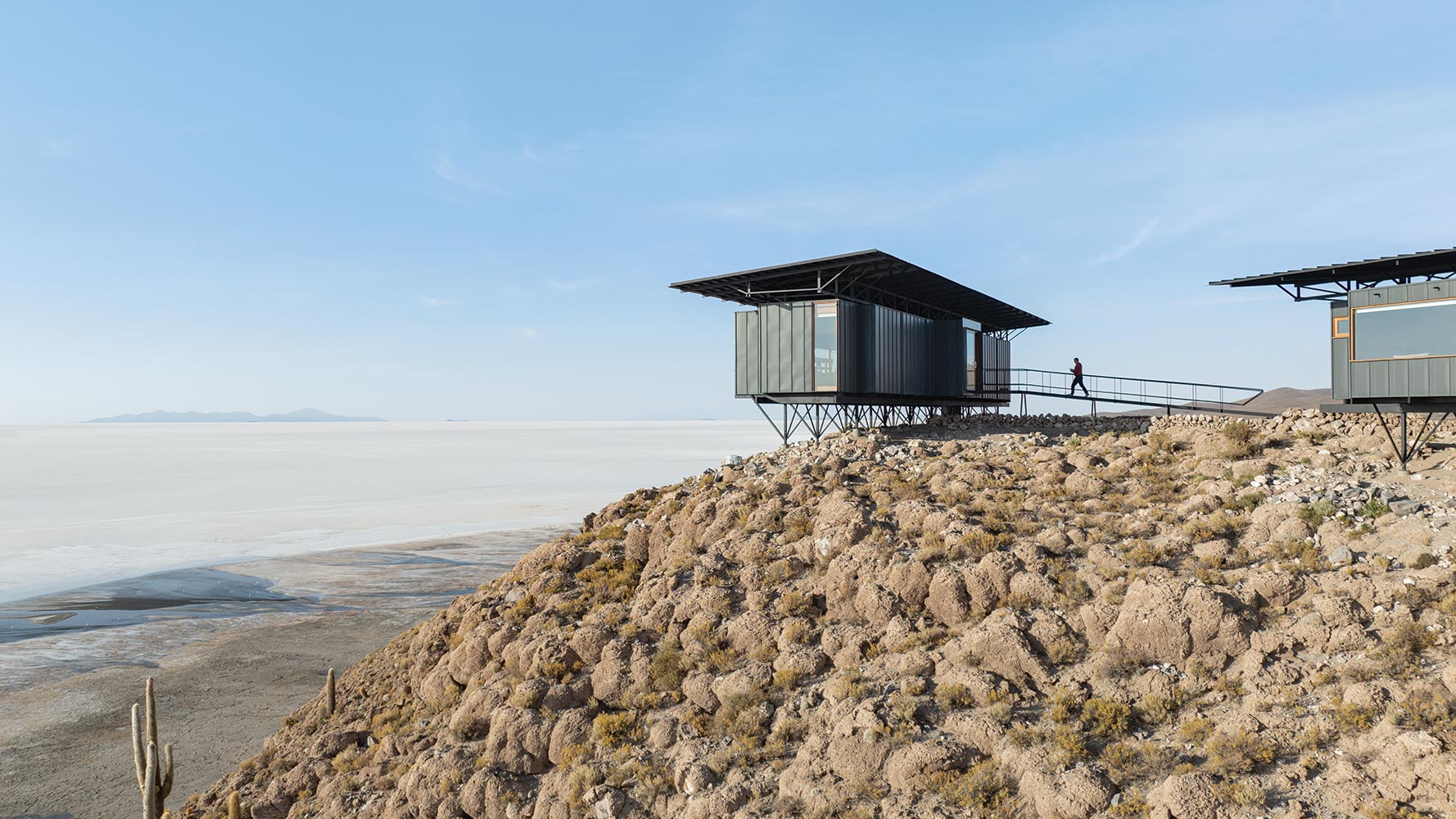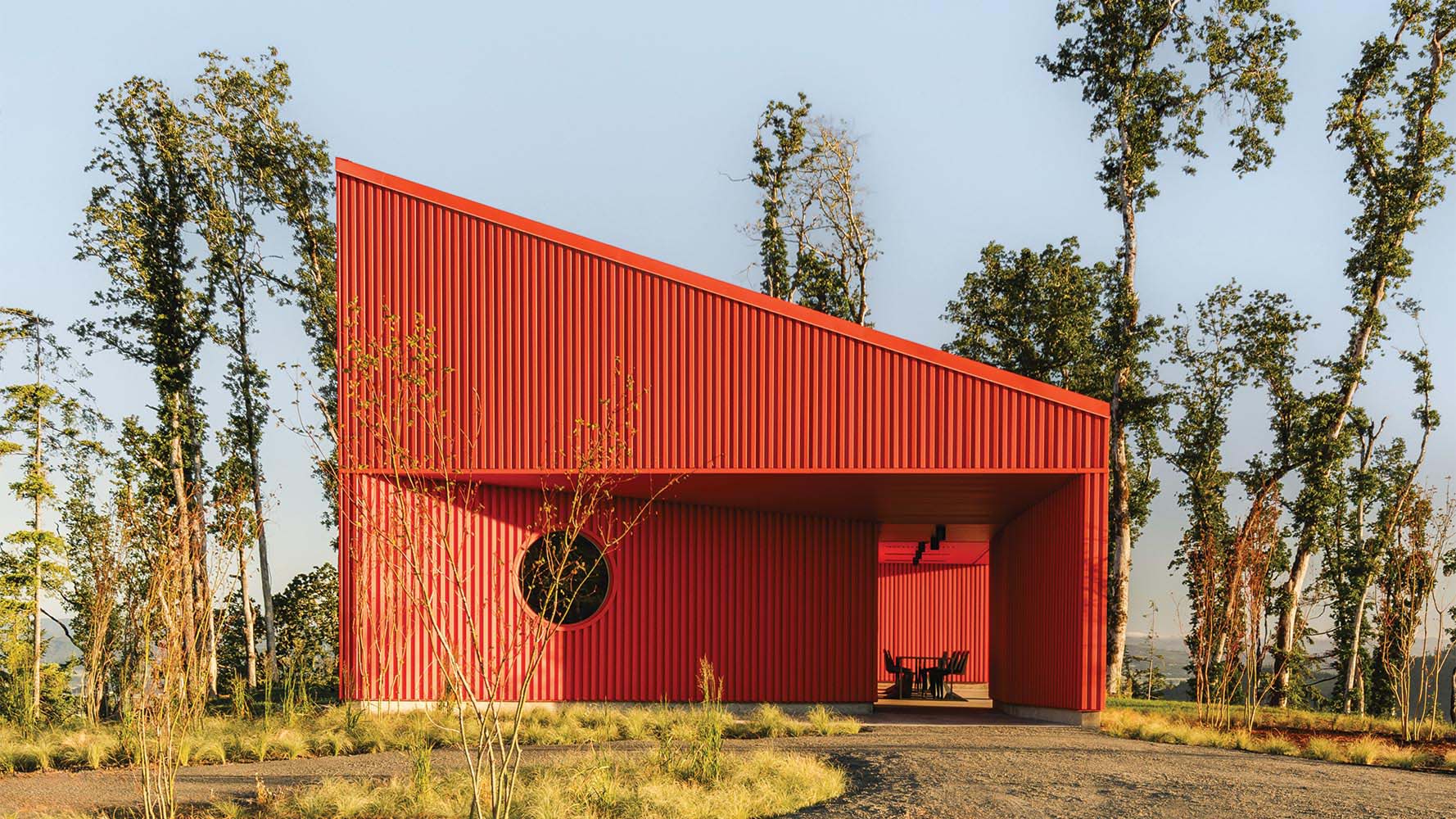Food, Wine & Hospitality 2024

More than a celebration of epicurean delights, August’s Building Type Study, which also comprises the Continuing Education course, highlights the myriad ways architecture is enhanced through its connection to nature—often, quite literally, bringing the outdoors inside.
Join us as we wine, dine, and unwind at this month’s featured—and frequently far-flung—projects: a resiliency-minded casino-hotel on the Belgian coast; prefabricated eco-lodges perched high in Bolivia’s Uyuni Salt Flat; a Bordeaux-area winery that treads gently on its terroir; a lushly landscaped oasis of a hotel on Singapore’s Orchard Road; a natural daylight–flooded Connecticut catering facility; a boldly hued wine tasting room in Oregon’s scenic, winery-heavy Willamette Valley; and lastly, August’s cover story, a circular, solar panel–topped getaway in South Tyrol, Italy, where dramatic alpine views are simply inescapable.
Continuing Education

To earn one AIA learning unit (LU), including one hour of health, safety, and welfare (HSW) credit, read the articles above and complete the quiz. Upon passing the quiz, you will receive a certificate of completion, and your credit will be automatically reported to the AIA. Additional information regarding credit-reporting and continuing-education requirements can be found at continuingeducation.bnpmedia.com.
Learning Objectives
- Describe how architecture can enhance coastal resiliency and measures that can protect buildings from flooding.
- Discuss building design and construction strategies suitable for remote locations with fragile ecosystems.
- Describe passive climate-control methods that can reduce or eliminate the need for mechanical systems, keep occupants comfortable, and reduce energy consumption.
- Outline ways buildings—both in rural and urban settings— can integrate the local landscape and bring nature indoors, improving occupant experience.
AIA/CES Course #K2408A










